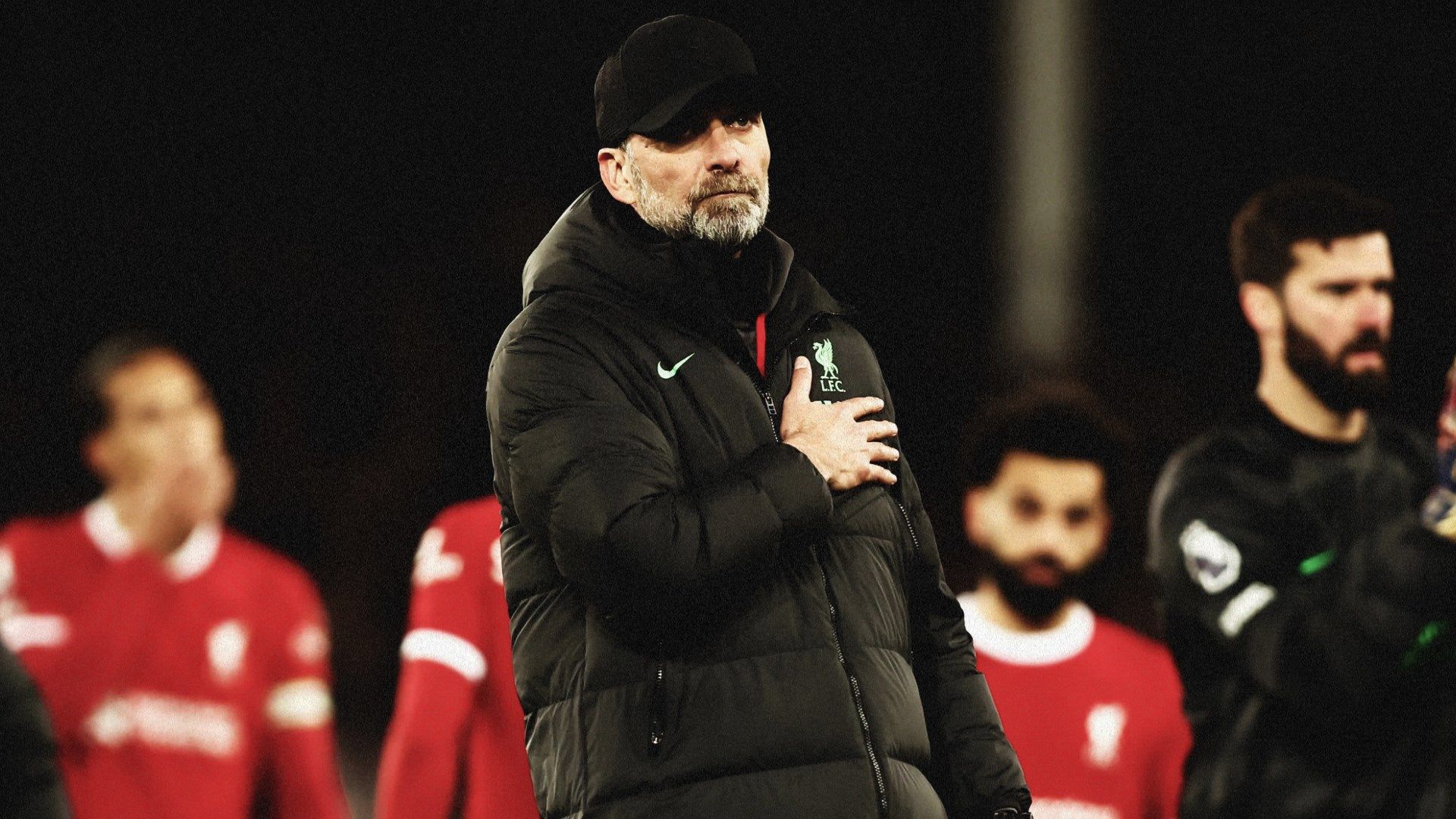The Football Association (FA) and Premier League have issued new guidance to clubs regarding headers.
The recommendations are focused on reducing the number of higher-force headers players do in training.
The guidance has been agreed by the FA, Premier League, English Football League, the Professional Footballers Association (PFA) and the League Managers Association (LMA) and applies to all levels of English football, including grassroots and amateur.
What has been said?
The new guidance has been developed for the 2021-22 campaign after medical and policy representatives from the FA, Premier League, EFL, FA Women’s Super League, PFA and LMA commissioned four preliminary studies on heading.
A statement from the FA and Premier League read: "Based on those early findings, which showed the majority of headers involve low forces, the initial focus of the guidance will be on headers that involve higher forces. These are typically headers following a long pass (more than 35 metres) or from crosses, corners and free kicks.
"It will be recommended that a maximum of 10 higher-force headers are carried out in any training week. This recommendation is provided to protect player welfare and will be reviewed regularly as further research is undertaken to understand more regarding the impact of heading in football.
"The guidance also recommends clubs develop player profiles that consider gender, age, playing position, the number of headers per match and the nature of these headers.
"These profiles can be used to ensure that all training sessions reflect the type and quantity of headers that a player could expect to undertake within a match."
Why has the new guidance been issued?
The new policy has been introduced in an attempt to protect players at all levels of the game.
"Our priority is to make the game as safe as possible for all players," said Premier League chief executive Richard Masters.
"We have worked collaboratively across football to undertake these initial research projects to help us further understand the impact of heading and inform guidance for all levels of the game.
"This is a long-term piece of work. We will now build on these studies and we remain committed to further research to ensure we have the right approach in place to protect the welfare of all players."


.jpg?auto=webp&format=pjpg&width=640&quality=60)
.jpg?auto=webp&format=pjpg&width=640&quality=60)
